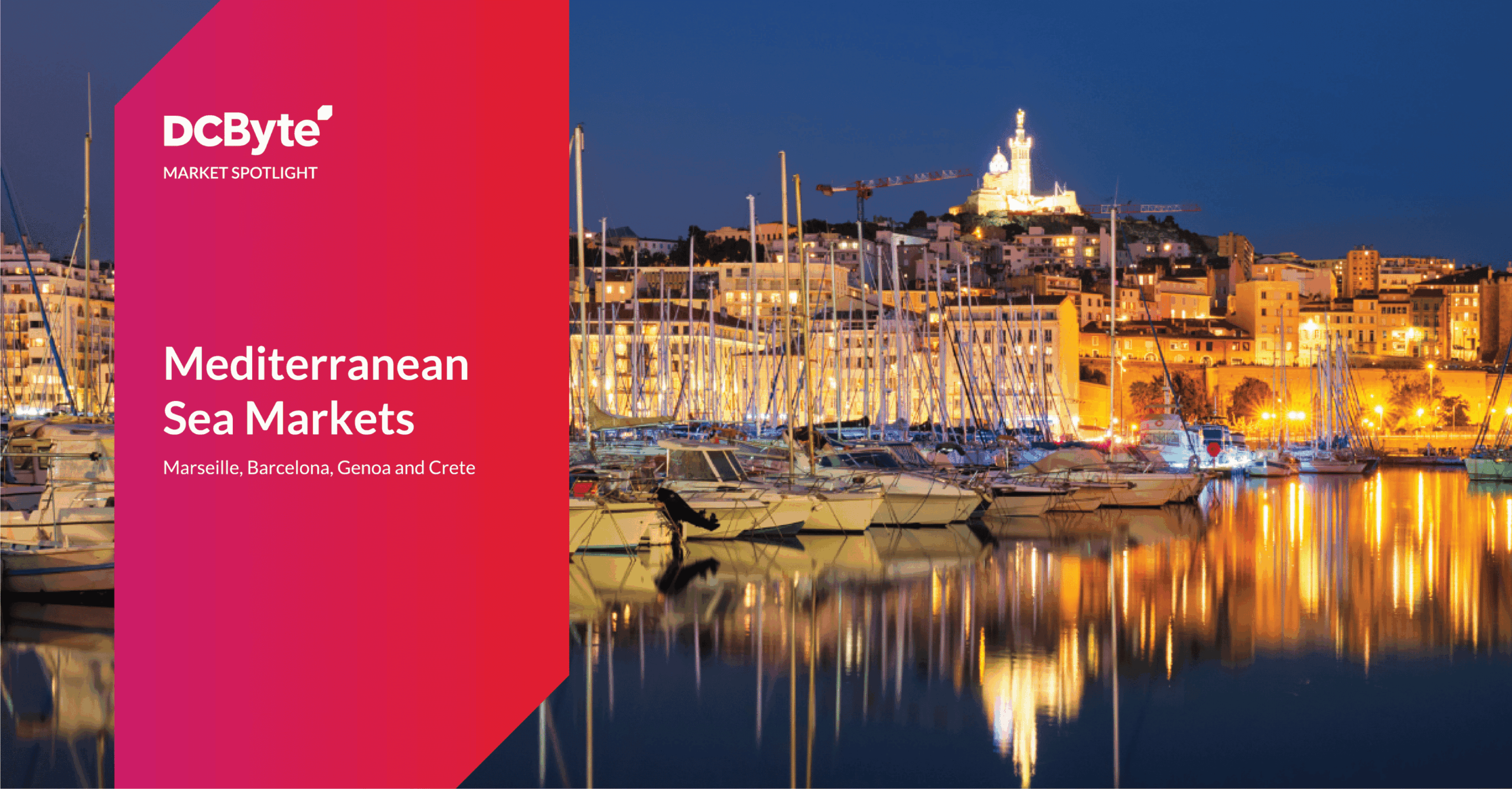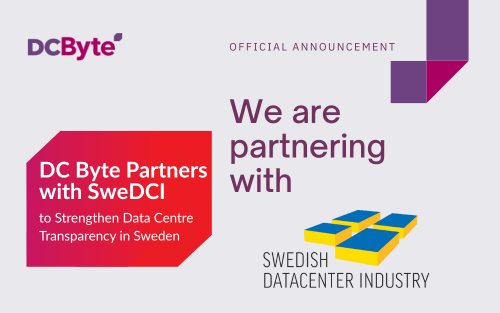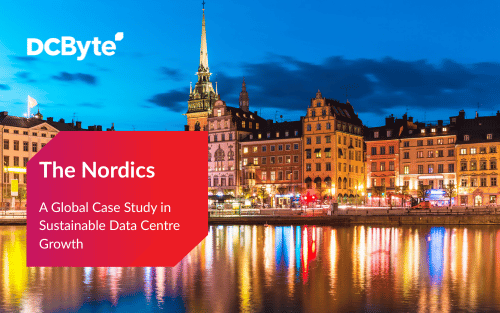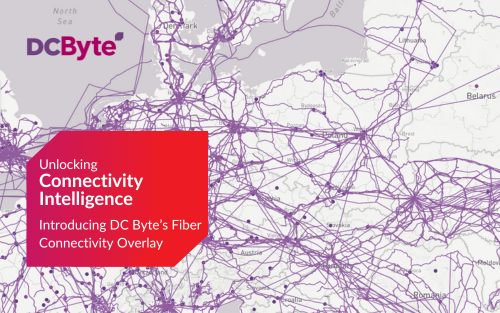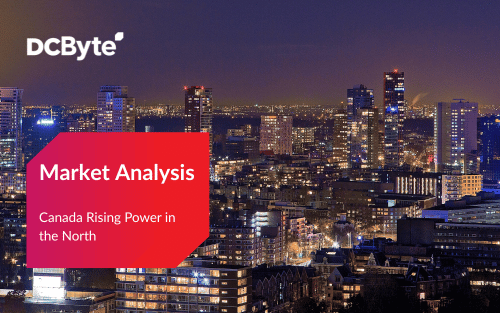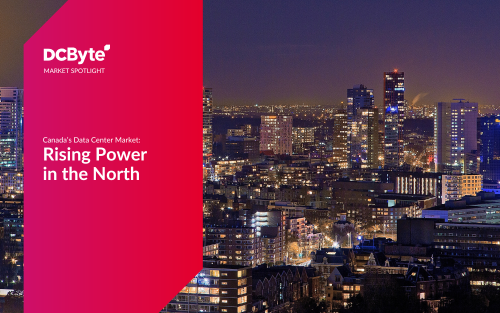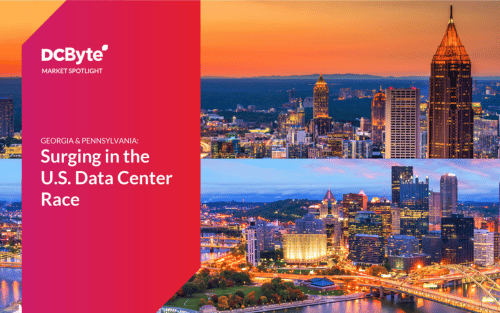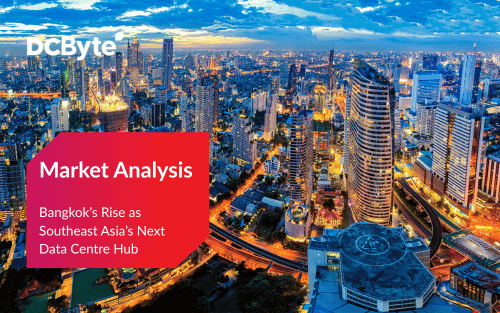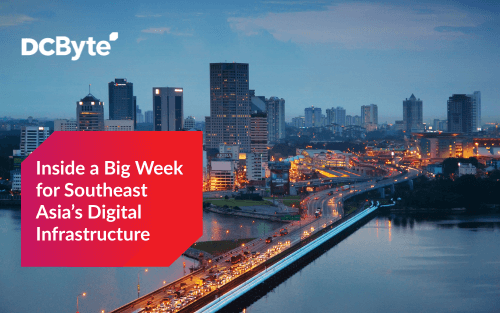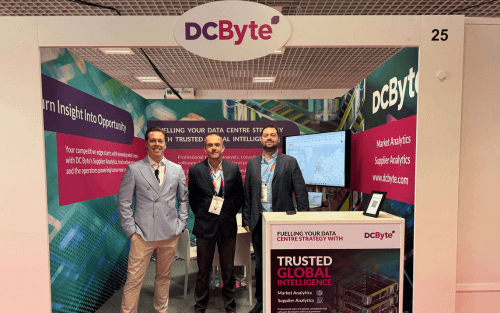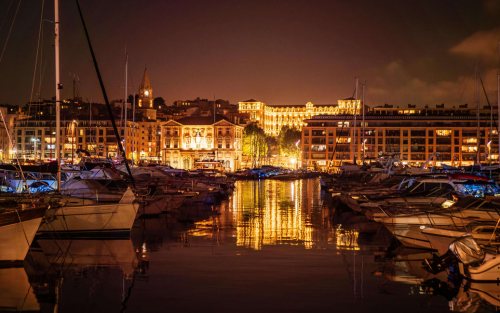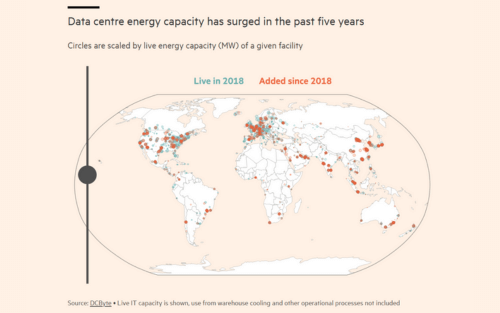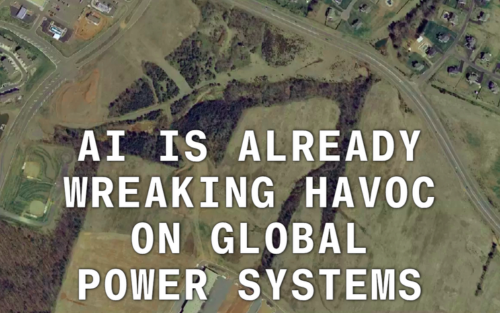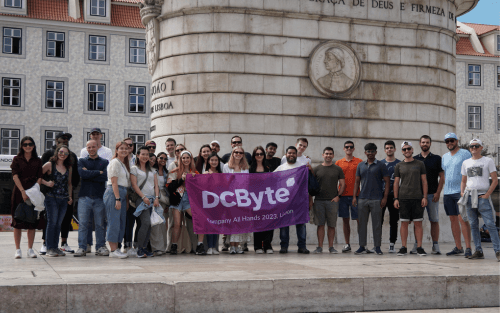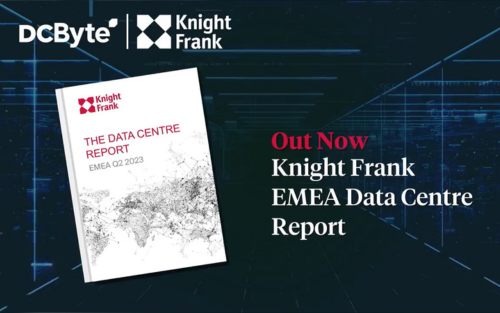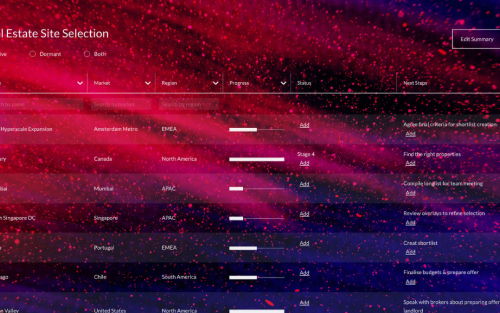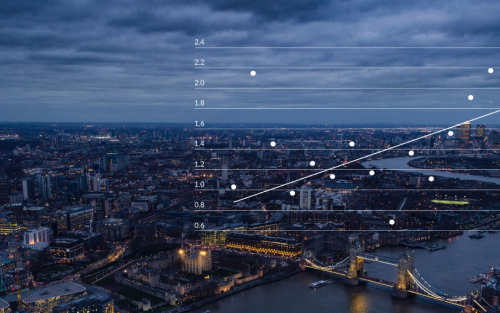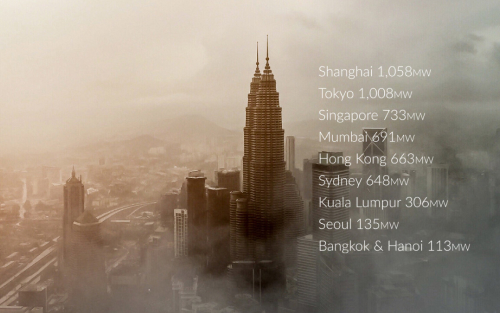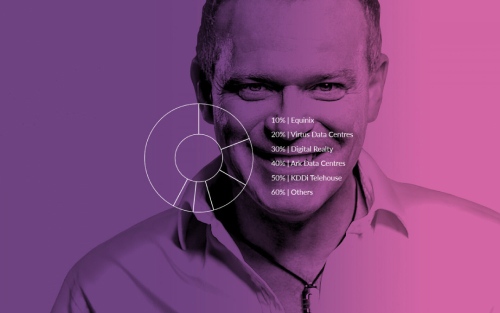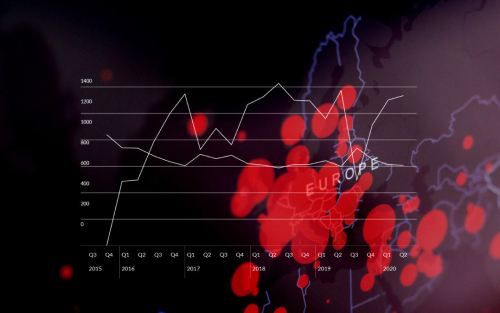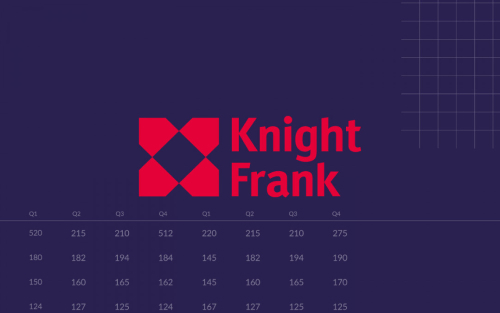Mediterranean Sea Markets: Connecting Continents with Subsea and Digital Infrastructure
Our latest Market Spotlight explores how four key cities. Marseille, Barcelona, Genoa and Crete are evolving into important digital infrastructure hubs along the Mediterranean Sea. With strong geographic positioning at the intersection of Europe, Africa and Asia, these locations are increasingly central to international data flows.
This is not just about market expansion. Our data reveals how the Mediterranean is playing a growing role in Europe’s wider digital strategy. Marseille remains a major landing point for global subsea cables, while Barcelona, Genoa and Crete are rapidly gaining ground as part of a broader shift toward regional diversification.
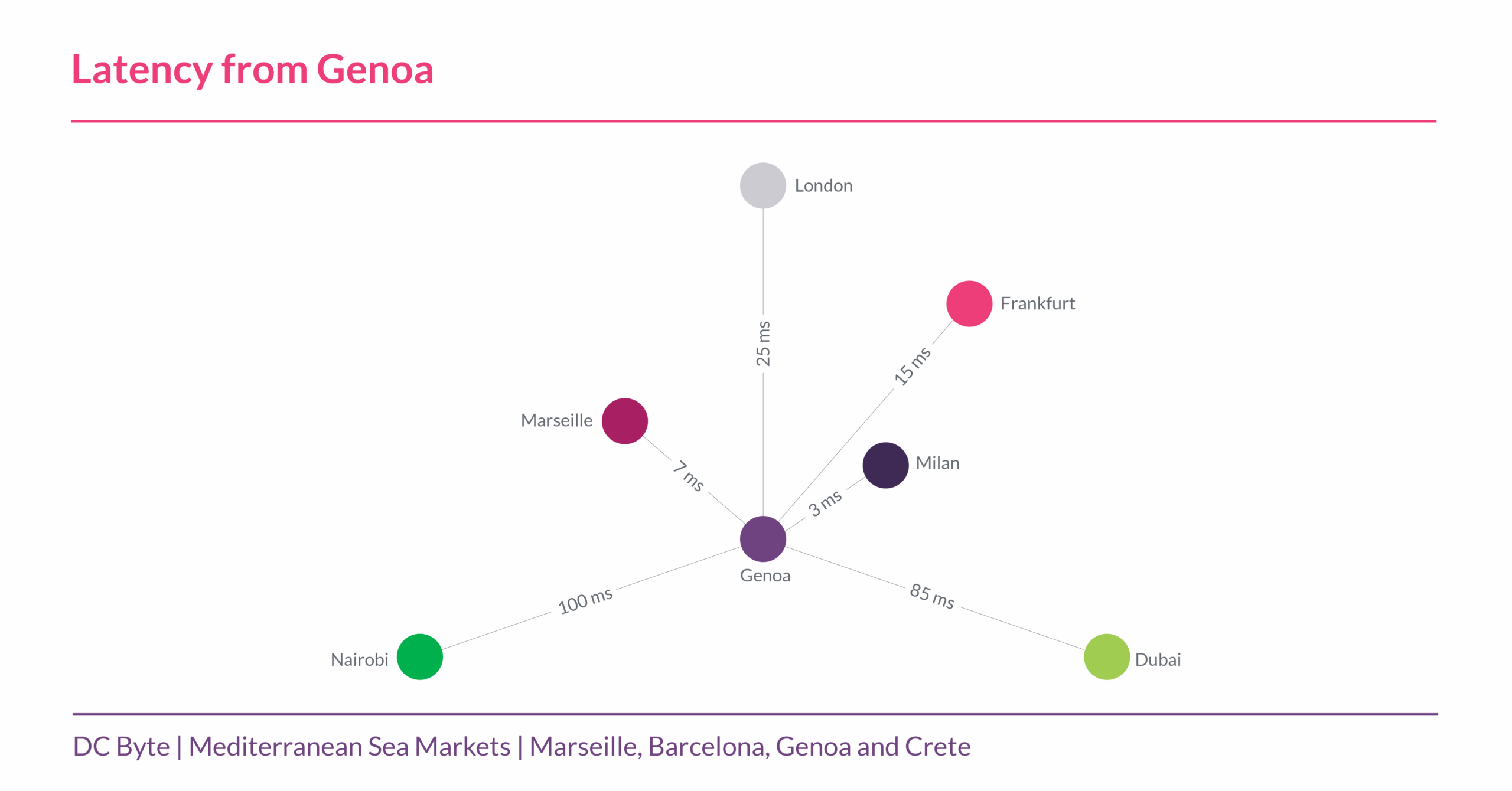
As our Senior Analyst, Kristina Lesnjak, puts it:
“The growth of subsea cables and the increasing investment in edge and AI-ready infrastructure make the Mediterranean a region to watch. This spotlight offers clear, data-backed insight into how each market is developing, and where the opportunities lie.”

Marseille: Where Subsea Meets Sovereign Cloud
Marseille continues to be the Mediterranean’s most established hub. Long known for its role as a landing point for transcontinental cables, it now hosts one of Europe’s densest subsea intersections.
Our intelligence highlights the city’s ability to attract large-scale builds, including a newly announced sovereign cloud facility by Evroc. As the region navigates pressure from local stakeholders and environmental groups, Marseille’s challenge lies in balancing future growth with community sentiment. Still, the city’s position as a digital gateway between continents remains firmly intact.
Barcelona: Strength Through Public Backing
Barcelona is maturing into Spain’s most advanced secondary market. Its appeal lies in a blend of strong public sector support, diverse operator activity and increasing connectivity with other Mediterranean cities. With new cable systems like Medusa and EMIC-1 reinforcing its position, Barcelona is well placed to support both regional delivery and cross-border expansion. Projects targeting AI and high-performance workloads are on the rise, further establishing the city as a long-term infrastructure play.
Genoa: Compact, Connected and Rising
Though small in scale, Genoa is making a name for itself as a strategic node in the region’s connectivity map. It serves as a key landing point for high-capacity cable systems and links efficiently to Milan, one of Europe’s fastest-growing data centre markets.
Its value lies in location. Genoa acts as a fast, low-latency transit point for traffic between Southern Europe, the Middle East and Africa. As new infrastructure takes shape, the city’s dual role as both a local connector and a global bridge is becoming more pronounced.
Crete: From Outlier to Strategic Node
Few markets in the region have grown as quickly as Crete. Once considered peripheral, the island is now seeing rapid infrastructure development driven by cloud demand and international interest. Recent capacity growth has been dramatic, supported by investments from major cloud providers and government initiatives focused on broadband and digital transformation. Our analysis shows that Crete is quietly positioning itself as a strategic entry point for Southeast Europe. It is no longer overlooked.
Access the Full Market Analysis
This blog offers a snapshot of the opportunities across the Mediterranean. The complete Market Spotlight draws on DC Byte’s proprietary data and on-the-ground analysis to help operators, investors and planners understand where each market stands and how to act on the opportunities ahead.
Download the full report to explore the details behind the numbers, the market dynamics, and the future outlook for this growing corridor.
For organisations seeking local market intelligence with tailored insights, speak to our expert analyst team today.

